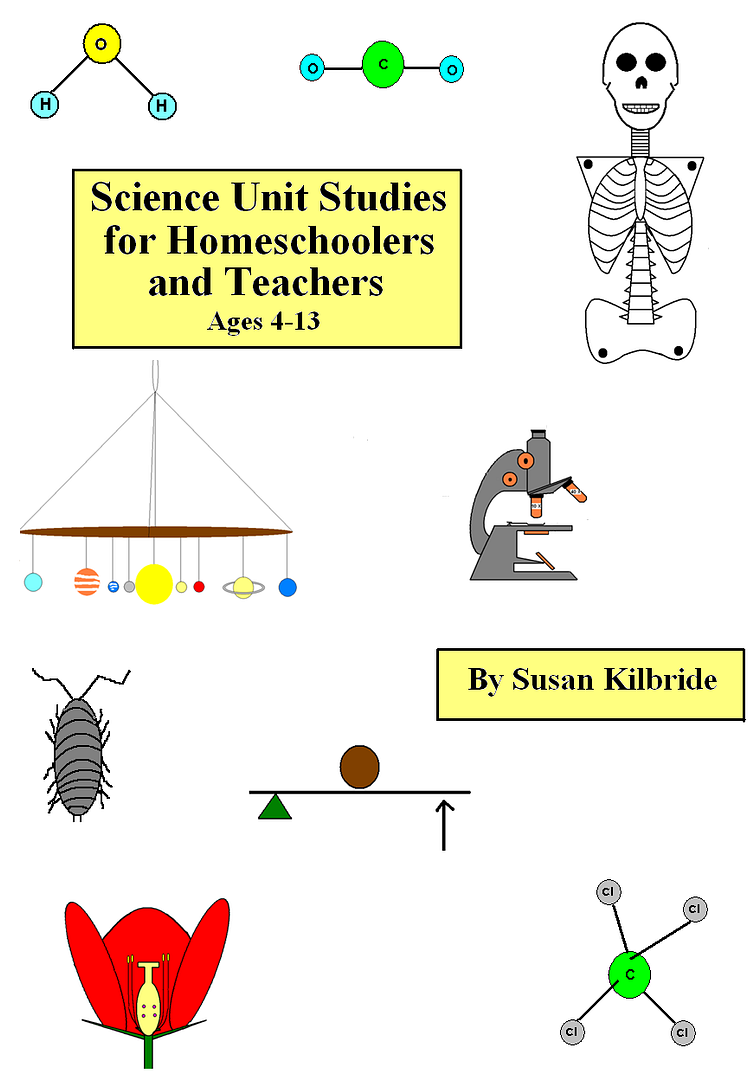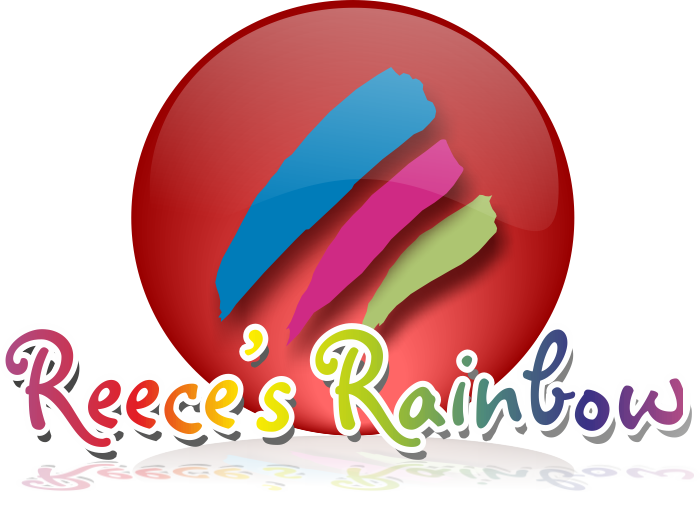I know. A mouthful, right?

This is always a hard time of year to really get kid buy-in on these review thingies that I do. This was one that I was more excited about than the kids. Then, I got the book and things flip flopped. I wasn't ready to tackle things and the kids wanted to.
Eventually, we all got on the same page and I am happy to report, I HIGHLY recommend this for homeschoolers. (Honestly, you non-homeschoolers would love it too, as long as you let yourself enjoy it and not let it make you feel like you had to do more school at home).
I will also admit right up front here that I didn't use this as intended this summer. But, I am planning to use it as it was intended for this school year.
So, what that means is that instead of doing things from the book, in order, as presented.....I jumped around and picked the stuff that appealed to the kids and I at that moment. The units are intended to be used in order because they build on each other as you go along. All good stuff. Good intentions. All that jazz. But, as the author noted in her Note to the Reader section of the book, "homeschooling parents are inclined to go their own way..." and, I did. Ha!
Okay, so what is this book all about?
The book is written by Sue Kilbride, a homeschool mother who also just happens to have a degree in biology. It has 20 Chapters of different units. The first 10 chapters are intended for the younger students (ages 4 to 7) and the next 10 are for the slightly older students (ages 8 to 13), from the simple - Our Senses, to Insects and Their Kin, to Chemistry Fun and Force and Motion. Really from simple to complex.
I will say that when I first cracked open the book, I got scared, because I saw this:
Yikes!!!! I understand the reason that it is all written there in one place so you know what you need. But, it sort of back fired on me because it made me put off starting because I didn't want to tackle the seemingly endless materials needed list.
But, then I actually took the time to read the list and found things like: three bowls, lemon juice, small cups, glue, crayons, empty prescription bottles, a blindfold. Whew! Okay...normal things. Not hard to find chemical compounds that would require hazmat suits!
So, I breathed a little easier and turned the next page, which is where I was completely sold on this book before we even did a single experiment or hands on activity.
It is so well organized...thorough....and simple.
Honestly, before the kids even did anything, I just sat and read through the units. I was at some practice or rehearsal or something and thought I would just get a head start on what I had coming. I just kept on reading. I just kept on thinking...."genius idea!" Or, things like, "I can totally put that together.", "They are totally going to have fun learning this."
Really...and that was just reading through the lessons.
Each lesson has a basic concept/theme. For simplicity's sake, let's take the unit on Senses. Obviously, the goal is to go through teaching your students about all 5 of their different senses. Easy peasy. Duh. Right?
Sort of.
This one started out fun with making our own actual, real potato, "potato head" person. (somehow I don't have pictures of them) Then, I read Goldilocks and the Three Bears and they had to pay attention and see how often and which senses were mentioned. Then there is a part of the lesson on taste (suffice it to say salt and sugar...look alike, but don't taste alike!)
Then we moved onto the sense of touch. This, like many to come, had an interesting hands on activity. This one involved little pins in cardboard and how your body perceives touch on their hand versus on their upper arm. (I am not going to give too much away - but this one was really interesting). A few more different hands on activities involving touch followed along with the old story of the Blind Men and the Elephant....to prove that sometimes you need more information than what is right in front of you.
From touch we moved onto sight and the different parts of the eye. Hands on activities for this portion where things like a game of "I spy". Finally, we moved onto Sound and did a cool activity where we used the same size/type of glasses and filled them with different levels of water and made note of the different sounds they made. They even suggested taking a "sound walk", where you really paid attention to all the sound and noises around you that you tend to tune out and ignore.
Our last sense covered was smell. This one had an interactive story where you created little smelling jars and as you read and got to certain points of the story, you took a whiff. Sort of like "smell-o-vision"....except this was more like radio theater. Cool concept though.
That pretty much wrapped up the Sense unit. I left out some of the activities, but wanted to give you a general sense of how to work through each chapter.
(Our water - sound experiment....no, he is NOT supposed to have his hand inside of the glass!)
In looking ahead to the Animal Ecology chapter, it teaches about habitats/biomes and one of the activities is for me, while the kids are sleeping, to hide one of their stuffed animals. In the morning, I will tell them their their animal has gone on a trip to visit various biomes around the world and will be writing to tell us about their travels. Don't worry. The letters have already been written. You can choose to actually mail them to yourself or just put them somewhere in your pretend mailbox. Seriously, how fun is that?
I am TOTALLY in love with this one. Even the chapters for the younger kids weren't completely made fun of by my older kids.
Like I said, this summer, I did not follow this unit study the intended way, but, school is starting up and this has made the cut for a full-time part of our curriculum. I plan to go through chapter by chapter as intended. Even though I didn't get to the higher chapters (that are intended for the slightly older students), I actually think it will work well for even my youngers.
For example, looking ahead at the chapter about Insects. No, V-girl probably won't be able to name the groups that insects are classified in (Kingdom, Phylum, Class, Order, Family, Genus, Species), but she will at least hear the words and you never know, the mnemonic device just may stick to help her remember that. The activities range from the simple "insect hunt" to creating a plastic egg exoskeleton, to one that involves the purchase of meal worms (gotta be honest - that may not happen at my house). But, you get the idea about how the lessons are definitely adaptable for the different ages.
Again, totally loving this one. Even though the initial materials list scared me, it is so simple and complete...and real, that I have to whole heartedly recommend this one for you.
You can get your copy of Funtastics Science Unit Studies for Homeschoolers and Teachers for $16.95
Take a look at what the other TOS Reviewers thought of Funtastic Unit Studies.























1 comments:
Thaank you for sharing
Post a Comment